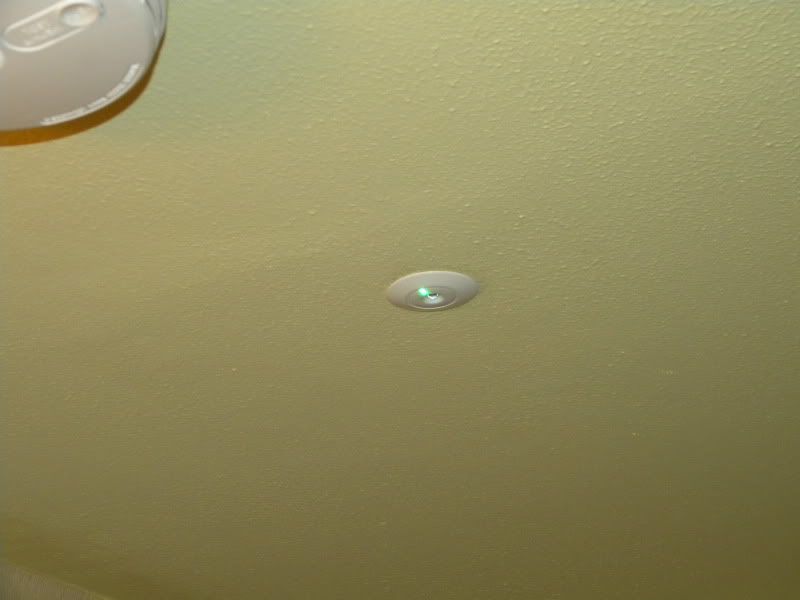Industrial Cable Gland Specification
A new European standard for cable glands, EN 50262, was published on
March 1st 1999. As a result, the current BS 6121 series of British Standards
for cable glands was withdrawn.
It is important to understand that there has been a change in the basic
methodology. The existing BS 6121, a physical dimensional standard,
ensures a single and relatively high level of performance.
EN50252 provides a design framework that ensures a product meets the
minimum requirements for safety. The most basic products designed to meet
EN50262 may fall short of meeting the users requirements.
Manufacturers will provide more information than before, but the user must
now make more decisions regarding the suitability of the product for the
application.



